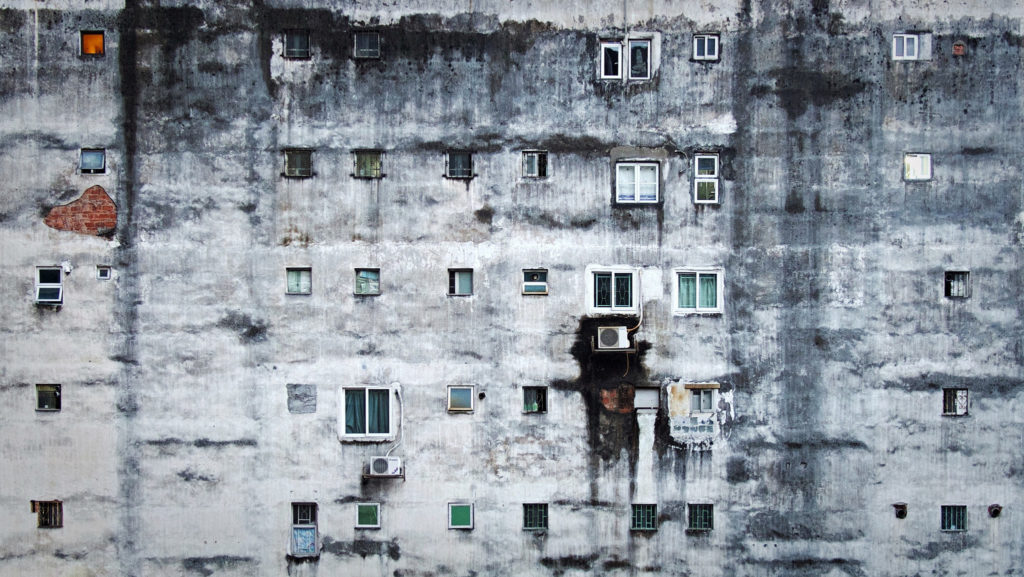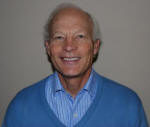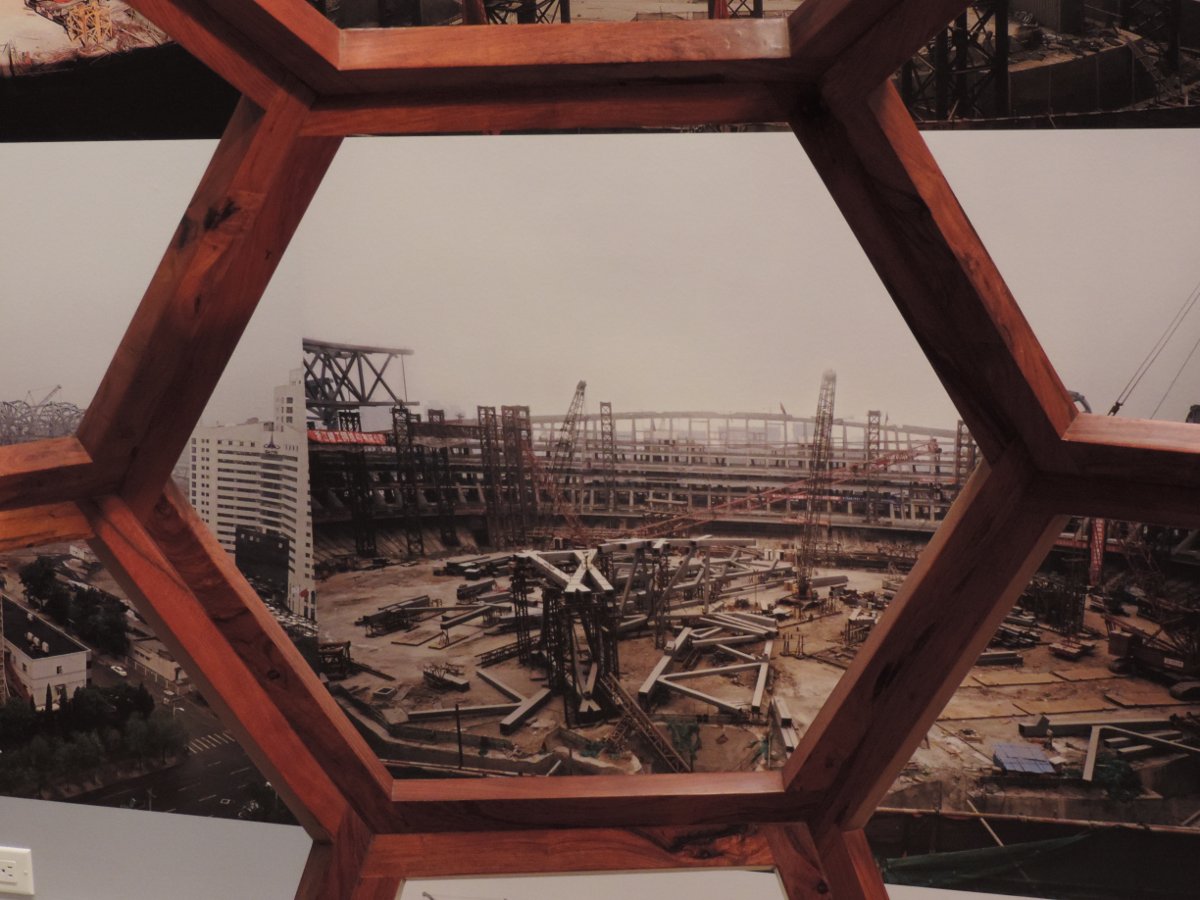
I recently visited the Picasso Sculpture exhibit at the Museum of Modern Art in NYC. It was a stunning display of the range and reach of Picasso’s work over five decades. As the introduction to the exhibit suggests, Picasso upended categorical distinctions. The retrospective collection provides ample evidence to support that observation.
What struck me as I moved from room to room through MOMA’s beautiful exhibit spaces was Picasso’s range of materials (plaster, bronze, wood, cardboard, scrap metal, kitchen utensils), shapes (big, small, angular, round), and colors. He was constantly innovating and reaching for new forms to express his ideas.
The experience of witnessing this broad and prolific production of art in its many forms caused me to reflect on the narrowness and numbness that is so prevalent in today’s society. Picasso was a sculptor, painter, poet, playwright, printmaker, ceramicist, and stage designer who brought enormous creativity, passion, and sensitivity to all of his work. It made me think about what it would take to inspire humans to open up to a more expansive range of possibilities and a more purposeful reach toward fresh new ways of seeing the world. As the poet Robert Browning wrote, “A person’s reach should exceed his grasp or what’s a heaven for?” ((“Andrea del Sarto“))
In his book, Totality and Infinity, Emmanuel Levinas, whom I mentioned in the last post, states, “you can’t reduce an experience to your reflection of it.” He goes on to say that “every singularity escapes its concept.” What this means to me is that we are always looking for ways to reduce something or someone outside of ourselves to a small label. For example, one might say, “Oh Picasso, he was a cubist painter who made crazy-looking things.” Or, on a personal level, “Yah, I know Bellingham, he’s an executive coach.”


Once you put people in a box, it becomes easier to simply dismiss, dispense, or discard them. Reducing people to a category or label keeps us from seeing the totality of the person and the infinite possibilities for which they may be waiting to be recognized and freed to pursue. It makes it easier for us to be numb to the fullness of their experience and our experience in relation to them. In his singularly unique way, Picasso encourages us to upend categories and see the fullness of possibility in a discarded piece of wood or a rusty nail. Every person is singularly unique and wants to be freed from the concepts and categories others have created for them.
In short, Levinas suggests that ethical relating requires us to respond fully to the wants and needs of others. The convergence of Picasso’s exhibition and Levinas’s exposition caused me to reflect on the importance of opening up to a range of possibilities and resisting the temptation to reduce people’s unique singularity to a more “manageable” concept.
It seems to me that this opening up requires not only face-to-face interactions and deep inquiry, but also responding more fully and responsibly to what people want and need.
I have always found it helpful to scale a range of possibilities for any project in which I’m invested. For example, I have twin, four year old grand-children who are trying to learn the social graces required to have a relaxing meal with adults. To this end, we decided there were three behaviors we wanted to instill in them: Sit, Eat, and Talk. Acquiring and applying those behaviors is no easy task, so I decided to scale a range of outcomes as follows:
Caution: This is not meant to be a recommendation for rigid implementation; it is simply intended to be a humorous way to explore this issue. It is more fodder for fun than rules to run.
Sit Eat Talk
- 5.0: Amazing: Sit quietly for the entire meal Eat all of the meal placed in front of them with polite requests for additional helpings. Ask multiple questions, answer all questions, use great manners, and share ideas and experiences.
- 4.0: Very Good: Sit quietly with a little grabbing and squirming Eat all of the meal placed in front of them Ask multiple questions, answer all questions, and use great manners.
- 3.0: Acceptable: Stay in one seat during the course of the meal Eat most of their meal with no requests for different options Ask some questions and answer most questions. Use good manners.
- 2.0: Fair, but not quite there: Sit in their seats during most of the meal Eat some of their meal with few requests for different options Answer some questions. Use some good manners.
- 1.0: Unacceptable: Constantly run around Eat very little of their meal with multiple requests for different options Ask no questions and answer no questions. Talk rudely.
On our first attempt at practicing a family dinner using this chart, the children scored as follows:
- Sit: 2.0
- Eat: 2.0
- Talk: 3.0
But, hey, that was a big improvement from previous meals in which they scored 1.0 in all three categories.
We are hoping for improvements and successive approximations of level 5 behaviors as they grow older, and as we grow more patient, gentle, and sensitive while taking into account their unique singularities. To tie this example back to the main idea of this post, it’s an opportunity to help them see new possibilities in each moment without “reducing their experience to our reflection on it.” It seems to me that is the biggest challenge of parenting: freeing your children to be who they are but within some bounds of civilized behavior and with enough constraints that they don’t hurt themselves and/or drive you crazy.
You get the idea . . . I hope.
For me, every moment has a range of possibilities associated with it. We can choose to be closed and numb to the world or open and awake. We can choose to be rigid and repressed or loose and spontaneous. We can choose to cling to the old and safe or reach for the new and risky. We can try to force our way through difficult situations or we can go with the flow and make our journeys easier—with more lightness and grace. There is always a range of options and possibilities available to us. The questions are: Can we broaden our range and elevate our reach to achieve higher levels of living, learning, and working? Can we take whatever we encounter in each moment and create something magical? Can we engage with others in our lives more ethically and intimately – seeing their totality and infinity and responding fully to their possibility vs. reacting to their label?
Picasso scavenged rusty nails and scrap lumber to produce magnificent creations. Why not us? —in our own way, at our own pace, in accordance with who we are, with loving sensitivity to differences, and tremendous gratitude for the chances we have to make choices.
Also published on Medium.



